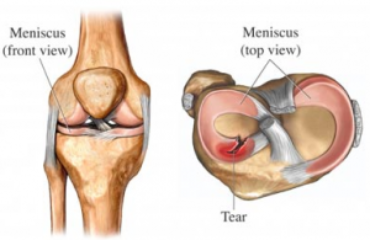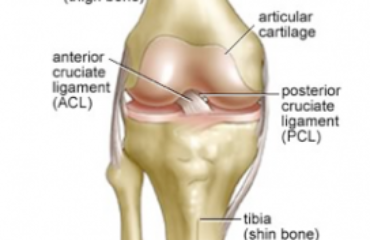The knee joint is composed of three bones – the patella or kneecap, femur or thigh bone, and tibia or shin bone. The ends of these bones are covered by a smooth tissue called articular cartilage, which allows the bones to glide smoothly over each other during knee movements.
Osteoarthritis, the most common form of arthritis, occurs when this articular cartilage wears away. Arthritis is commonly caused due to gradual wear and tear of the cartilage but it may also occur due to previous injuries or surgeries. Apart from the loss of cartilage, arthritis patients often develop bone spurs in the joint.
Signs and Symptoms
Patients with knee arthritis typically complain of pain in the knee which gets worse with activities, such as walking or prolonged standing. Patients may also notice swelling and a grinding sensation. As the condition progresses, the range of motion worsens.
Treatment
The treatment for osteoarthritis of the knee depends upon the extent of degeneration and the severity of the patients’ symptoms. Initially conservative, non-surgical treatment methods are recommended, for example, activity modification, use of assistive devices, nutritional supplements (such as glucosamine and chondroitin), and anti-inflammatory medications.
If these options are unable to relieve the symptoms, knee joint injections, either in the form of a steroid, such as cortisone, or Viscosupplementation injections, such as Synvisc or Hyalgan, may be advised. If these injections fail to relieve pain, knee replacement surgery is recommended. Knee surgery involves cutting away the arthritic ends of the bones, which are then replaced by metal and plastic components.


